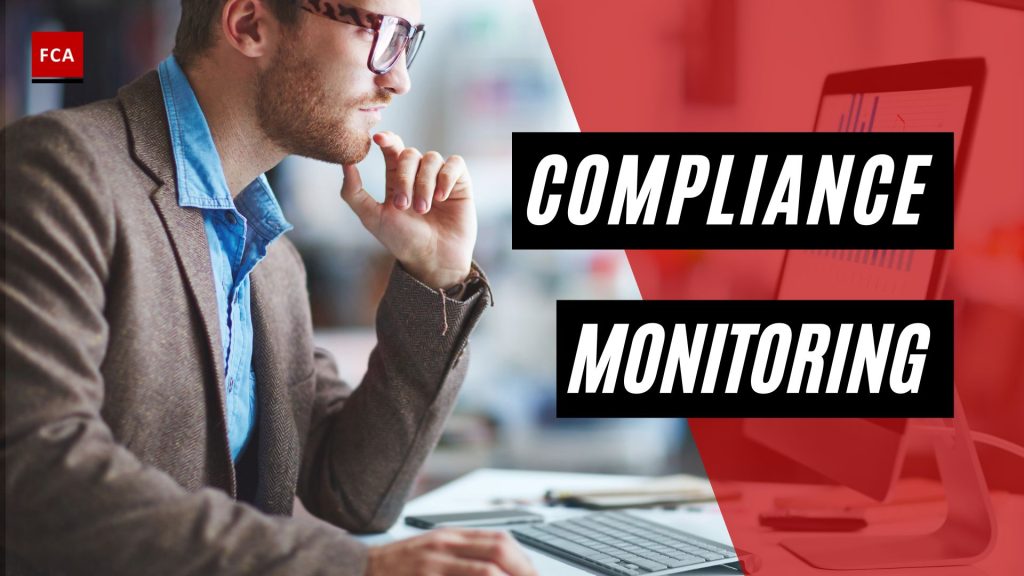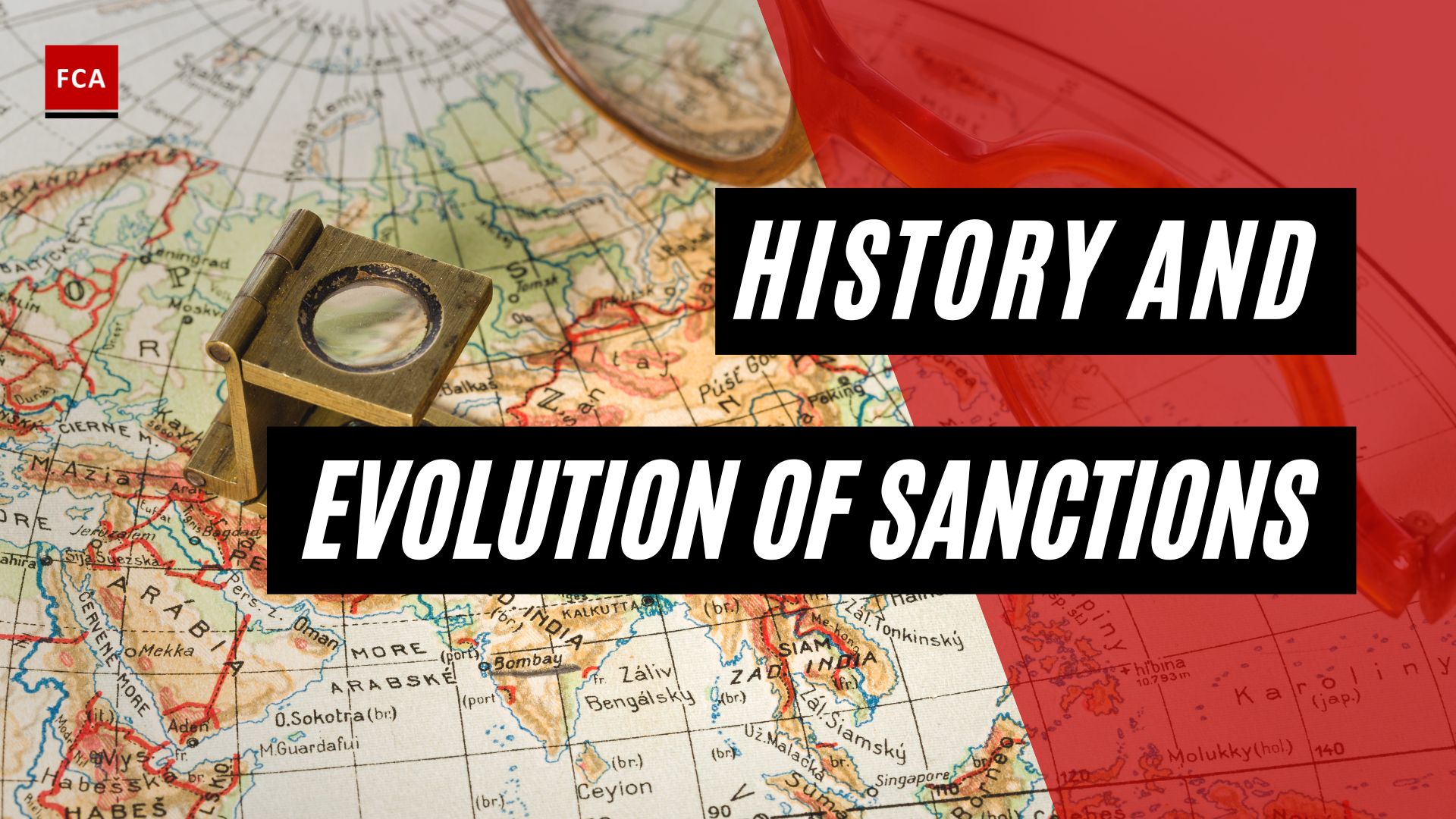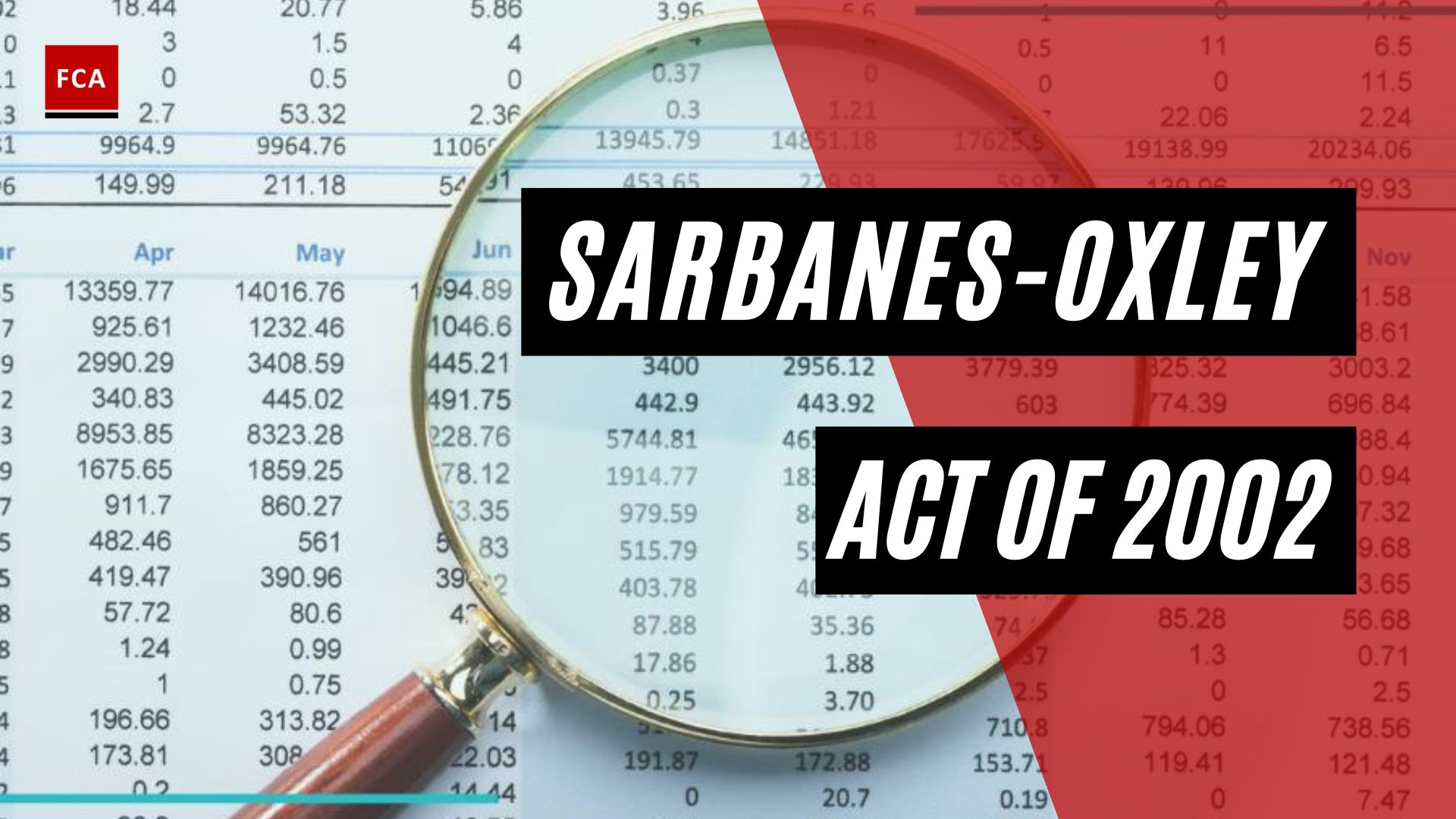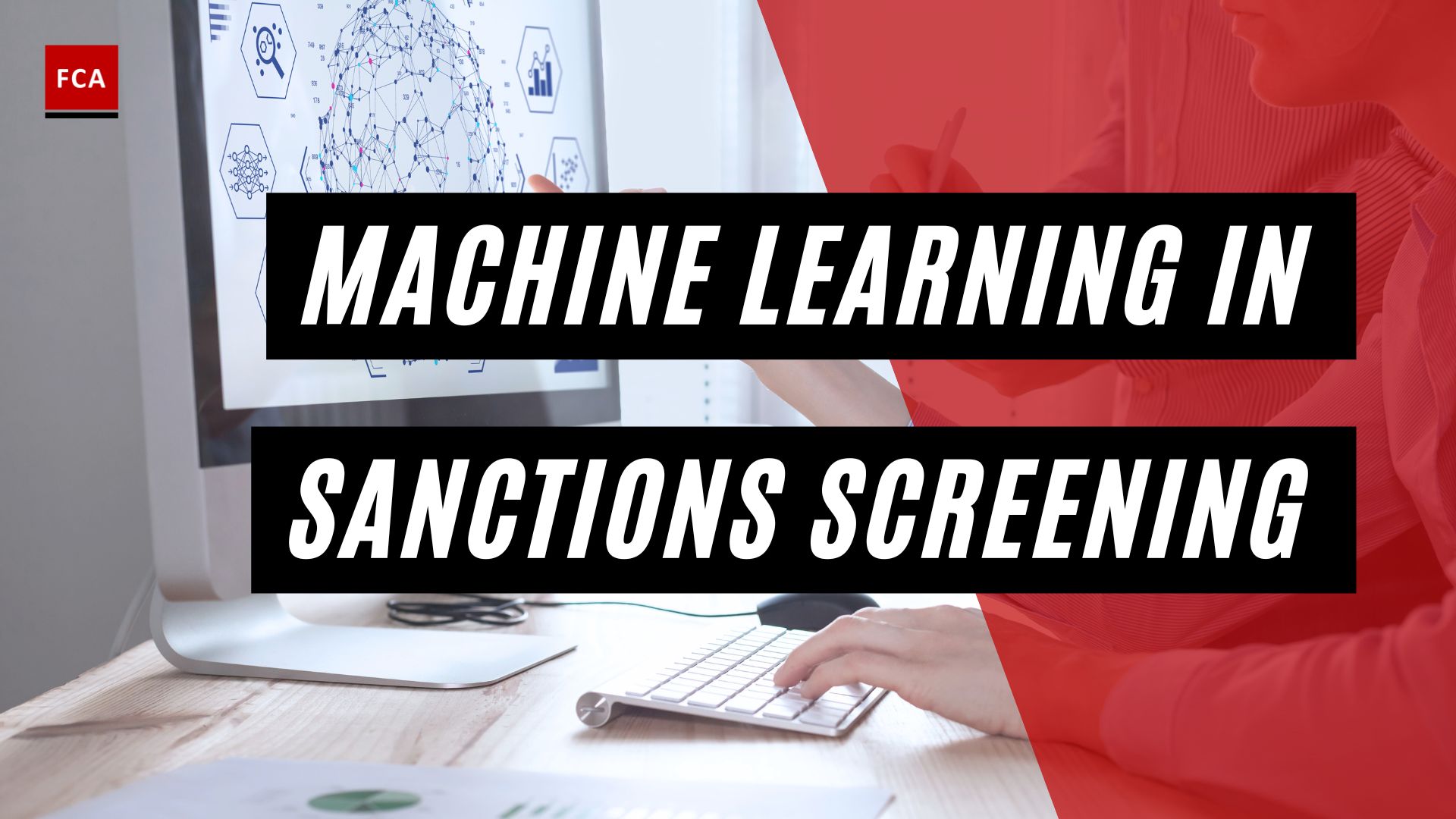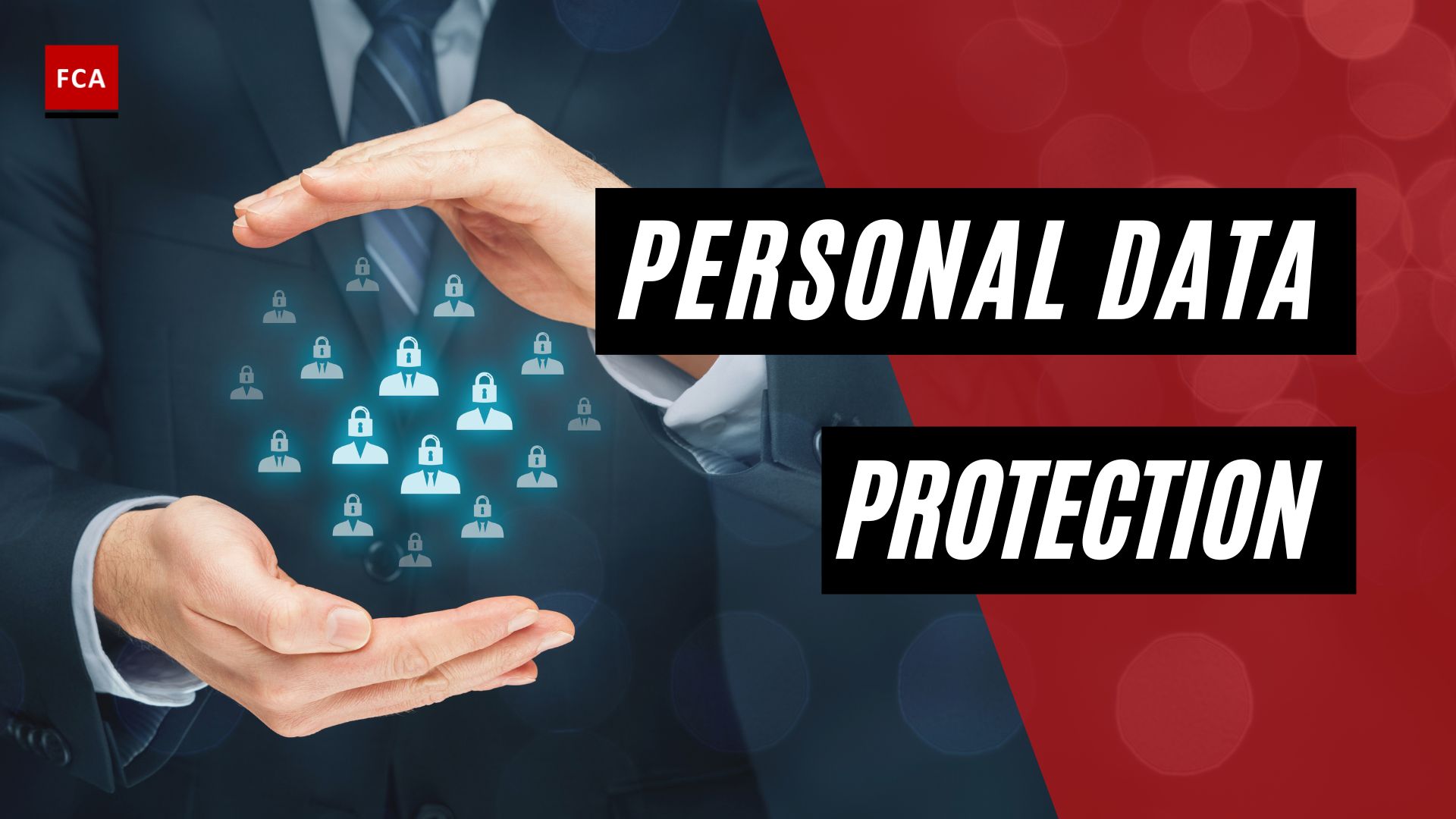Compliance monitoring is a regular process performed by the compliance team under the supervision of the CCO or chief customer officer. Monitoring and continuous improvement in compliance management is the CCO’s and senior management’s responsibility. Compliance officers support the CCO and management in performing compliance reviews and improving the compliance system through identifying compliance risks, breaches, and incidents and recommending appropriate recommendations in the light of applicable regulations to avoid breaches in the future.
The sound compliance governance structure is the foundation of an effective compliance program. It requires the board of directors and senior management to ensure that processes are designed and set to ensure that compliance breaches are not reported or occurred. Compliance monitoring involves monitoring the defined rules, processes, and activities of the employees to ensure that compliance breaches are identified and reported to relevant authorities for corrective actions and management of compliance risks.
The monitoring activity checks the “tone at the top,” as this is part of the risk management practices. To ensure appropriate oversight of the compliance culture, the Board of Directors forms a Board level sub-committee to periodically monitor the compliance practices and measures taken by the management. The compliance monitoring activities ensure that the governance structure is well established and functioning appropriately.

Compliance Monitoring and Continuous Improvement
Compliance monitoring involves the intervention of the Compliance Committee, a management-level committee headed by the organization’s CEO. The committee works on behalf of the board to regularly review and provide appropriate feedback to the management and employees regarding the organization’s overall compliance profile. As part of the overall governance structure, the committee serves to set the compliance tone within the organization and works through the qualified Compliance Officer.
Compliance monitoring aims to ensure that the compliance team serves as the second line of defense and works in coordination with the first line of defense, which includes business and operation managers, who are responsible for establishing the business relationships and processing the clients’ and customers’ transactions.
The compliance monitoring team performs the risk-based approach toward managing the Anti Money Laundering or AML and Know Your Customer KYC-related regulatory requirements and works to ensure compliance policies are implemented. The compliance monitoring ensures that the organization is not involved in the wrong practices of performing the business operations, receipt, transfer, or payment of funds. Compliance monitoring activity ensures that the effective Customer Due Diligence or CDD/KYC compliance program is in place and approved by the board. Compliance monitoring involves checking whether the policies cover relevant regulatory elements to be complied with by the employees.
Compliance monitoring involves checking the transactions and activities of the customers and matching them with the risk profile of the customers. It also involves compliance with applicable AML/KYC regulatory requirements. Compliance checks that all the high-risk customers and activities are identified and recorded appropriately. Identified suspicious transactions ad activities are checked to ensure that an appropriate investigation is performed for each suspicious activity or transaction and reported to the relevant regulatory body.
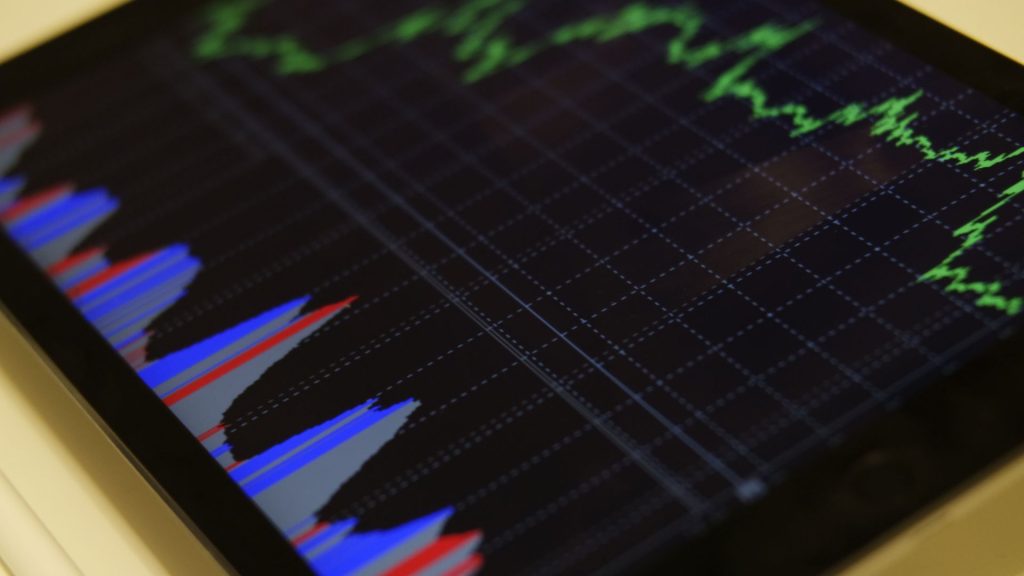
Final Thoughts
Compliance monitoring is a continuous process that ensures affected staff adheres to all policies and procedures outlined in the manual. Its goal is to identify compliance risks in an organization’s operations or functions. Compliance monitoring is less structured than compliance auditing, which is a formal process that typically occurs once a year and is often performed by a third-party independent of the organization being audited. Monitoring occurs within the organization and is typically the responsibility of the chief compliance officer and the compliance committee.

